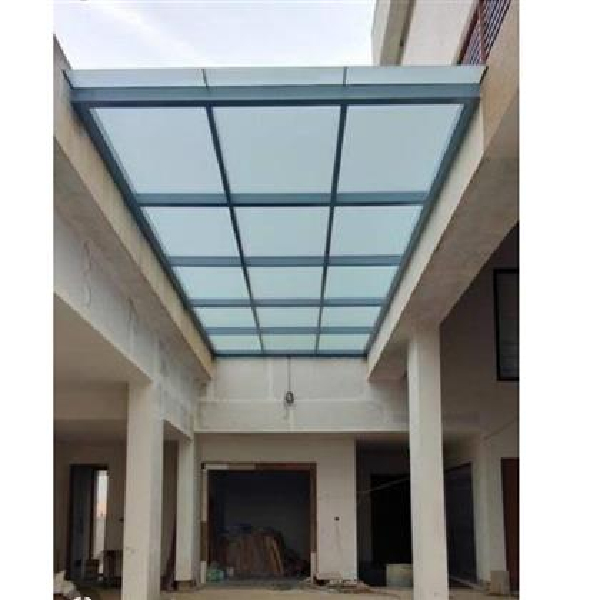Toughened Glass Manufacturers

Contact : +919743712272
Toughened glass, also known as tempered glass, is a type of safety glass processed through controlled thermal or chemical treatments to increase its strength compared to normal glass. The toughened glass manufacturing process involves heating the glass to over 600°C and then rapidly cooling it, creating a state of compression on the surface and tension in the interior. This unique process results in a product that is four to five times stronger than regular annealed glass, making it an ideal choice for various applications.
The Toughened Glass Manufacturing Process
-
Cutting and Shaping: The process begins with cutting raw glass to the required dimensions. It’s important that the glass is cut, edged, and drilled (if necessary) before it undergoes the toughening process, as it cannot be altered afterward without shattering.
-
Heating: The glass is then placed in a tempering furnace, where it is heated to approximately 620°C to 650°C. At this temperature, the glass becomes malleable, allowing it to be uniformly heated.
-
Rapid Cooling (Quenching): After reaching the desired temperature, the glass is quickly cooled by blasting it with high-pressure air from various nozzles in a process known as quenching. The rapid cooling process hardens the outer surface of the glass, creating compressive stress, while the interior remains under tensile stress. This difference in stress levels is what gives toughened glass its strength.
-
Inspection and Quality Control: Post-tempering, the glass is inspected for any imperfections. This includes checking for any visible flaws, measuring thickness, and ensuring that the glass meets safety and quality standards.
Applications of Toughened Glass
Due to its high strength and safety features, toughened glass is used in a wide range of applications:
-
Building and Construction: It is commonly used in windows, doors, facades, and partitions due to its ability to withstand impacts and extreme temperatures.
-
Automotive Industry: Toughened glass is used in car windows, specifically side and rear windows, because of its safety properties. In the event of a breakage, it shatters into small, blunt pieces rather than sharp shards, reducing the risk of injury.
-
Interior Design: Toughened glass is often used in shower doors, glass railings, and tabletops due to its aesthetic appeal and durability.
-
Electronics: It is also used in the screens of smartphones, tablets, and televisions, providing protection against drops and impacts.
Advantages of Toughened Glass
-
Safety: One of the primary reasons for using toughened glass is its safety. In the event of breakage, it crumbles into small, blunt pieces that are less likely to cause injury.
-
Strength: Toughened glass is much stronger than regular glass, making it resistant to breakage from impacts and thermal stress.
-
Durability: It is more resistant to scratches and can withstand higher temperatures, making it ideal for both indoor and outdoor use.
-
Versatility: Toughened glass can be used in various applications, from architectural elements to everyday items like screens and furniture.
Conclusion
Toughened glass has revolutionized the glass industry with its superior strength, safety, and versatility. Whether used in construction, automotive, or consumer electronics, the benefits of toughened glass make it an essential material in modern design and manufacturing. As industries continue to prioritize safety and durability, the demand for toughened glass is expected to grow, cementing its place as a critical component in numerous applications.
.jpg)